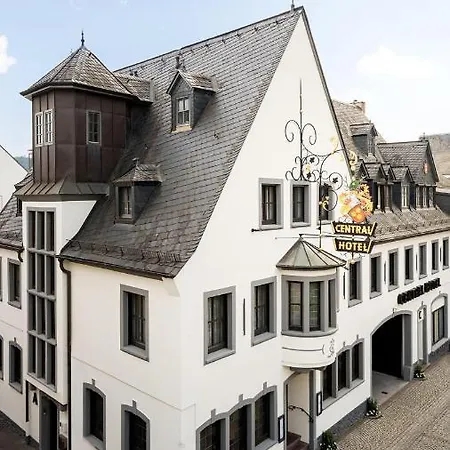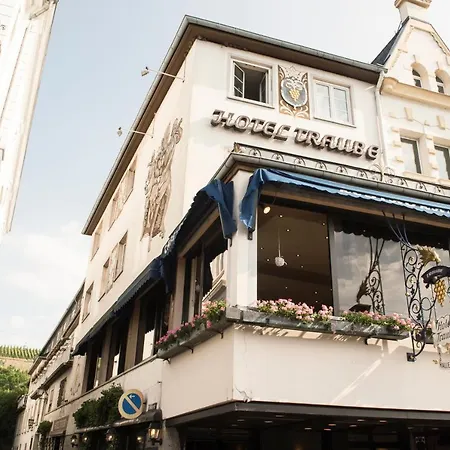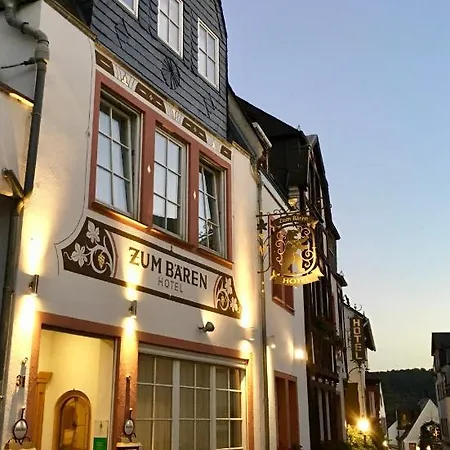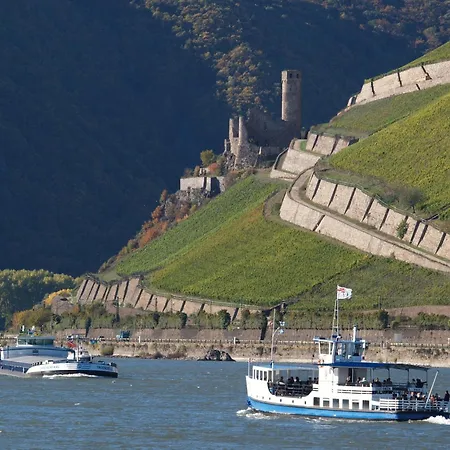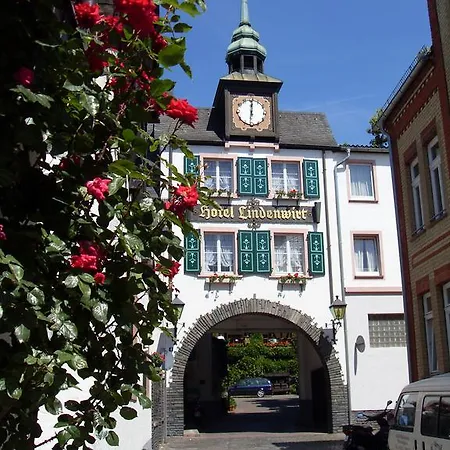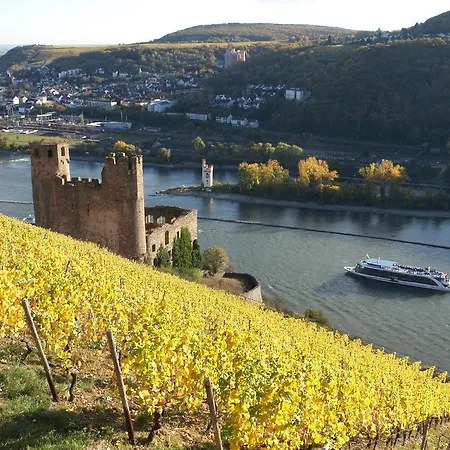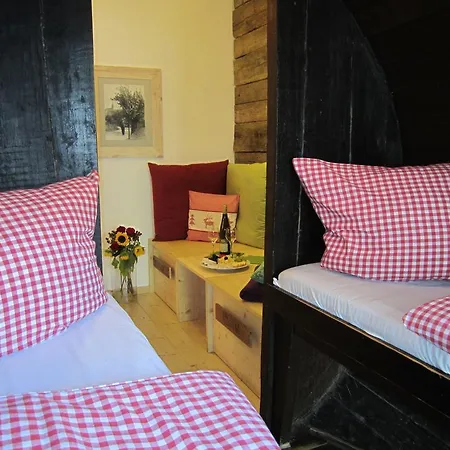Hindenburg Bridge
Check Availability
Hindenburg Bridge: A Testament to Engineering
Constructed in the early 20th century, Hindenburg Bridge served as an essential rail connection over the Rhine River in Rüdesheim, designed to enhance transportation routes.
Officially opened in 1927, it was named after Paul von Hindenburg, a prominent WWI figure. The bridge played a crucial role in connecting the region’s economy but was later abandoned in the 1970s. Unique features include its steel arch design that stands at a height of 60 meters and spans 750 meters.
Unforgettable Highlights
- 🚂 Historical Significance: Once a vital railway link for regional trade.
- 🌅 Scenic Views: Offers breathtaking views of the Rhine valley.
- 📜 Architectural Marvel: A unique example of 20th-century engineering.
Accessibility is free for all visitors. Historians, architecture enthusiasts, and families will find this bridge a fascinating spot to explore.
Interesting Facts about Natural History Museum Hindenburg Bridge
Historical Use
The bridge was primarily used for train traffic until its closure in the 1970s.
Symbolic Name
Named after Paul von Hindenburg, a key figure of World War I.
Structural Design
Features a steel arch design, characteristic of early 20th-century engineering.
Location
Stay Near Hindenburg Bridge Best Hotels
Address
View mapMainzerstrasse
Opening Hours
Friday:
Open all day
Monday:
Open all day
Saturday:
Open all day
Sunday:
Open all day
Thursday:
Open all day
Tuesday:
Open all day
Wednesday:
Open all day
Contact Information
Price
Free. Access to the bridge and its surroundings does not require a ticket.
Average Visit Duration
Duration: About 1 hour.
Best Time to Visit
Weekdays are ideal for fewer crowds, especially in the morning.
